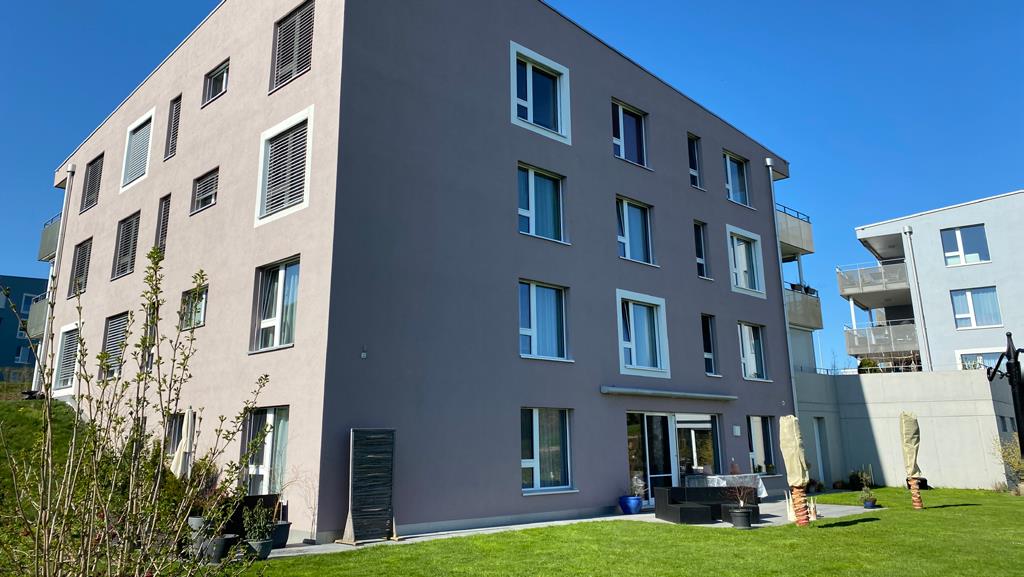Markets: UBS Bubble Index remains in the risk zone
The UBS Swiss Real Estate Bubble Index remains unchanged at 1.35 points in the risk zone in the third quarter of 2016. However, the sub-indicators show mixed results: On the one hand, the purchase-to-rent ratio reached a new all-time high, while on the other hand, moderate mortgage growth and the slightly improved economy prevented an increase in imbalances on the owner-occupied housing market, according to UBS researchers.

Currently, 29.4 annual rents are needed to purchase a comparable home, according to UBS's analysis. The indicator thus exceeds the previous high from 1989. Prices for condominiums rose by 1.1 percent compared to the previous quarter - it is the strongest increase in asking prices since mid-2012. Meanwhile, rents declined for the third quarter in a row due to increased vacancies.
UBS analysts see the oversupply in the rental housing market as a result of a gradual increase in construction investment in recent years. "Construction investment was also revised significantly upward for 2015 and now shows a further increase in the importance of the construction industry to the national economy," they say.
Importance of the construction industry increases
Since its low in 2009, the share of construction investment has risen from 8.1 to 9.5 percent of gross domestic product. Although the figures are still well below the peak values of the 1980s, UBS believes they are an indicator of the domestic economy's greater dependence on the real estate market.
The volume of outstanding household mortgages is growing at a below-average rate, rising by 2.7 percent and thus remaining unchanged from the previous year. Income development in the current year was again better than in the previous year, so that the positive economic development was able to offset the increase in nominal home prices.
Demand for residential property remains high
The further drop in mortgage interest rates kept demand for condominiums at a high level. Thus, the utilization costs (interest costs, maintenance and provisions) of an owner-occupied home fell by just under four percent year-on-year.
The high demand for property is also reflected in the low number of vacant owner-occupied homes, which, in contrast to rental apartments, have hardly increased this year, they said. However, the trend toward stabilization of owner-occupied home prices is continuing, UBS experts said. "Adjusted for inflation, price growth rates are below last year's levels and we do not expect further acceleration in the coming quarters," they write in their analysis. (ah)









